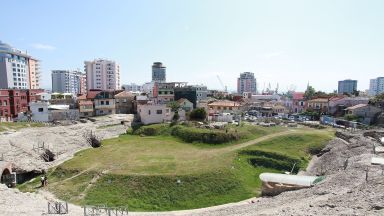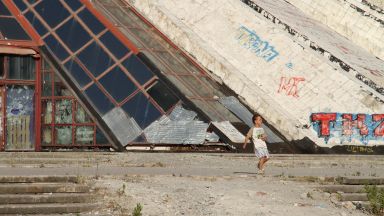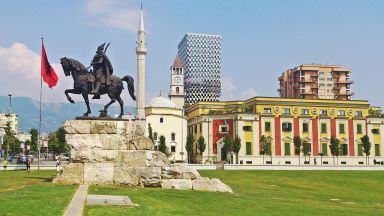Lushnjë: The Complete Guide

Lushnjë is a city in west-central Albania.
It became famous in 1920 when it became the provisional capital of Albania and the place of the Congress of Lushnje.
Close to the town is the site of Savra Field, the first battle between Principality of Zeta and Ottoman Empire occurred in 1385.
Lushnjë and the nearby Fier, were the location of a number of concentration camps during the Communist Regime.
In 1970, the building where the Congress of Lushnjë convened was turned into a museum devoted to patriotism. The museum contains photographs and documents related to the rise of communism in the country.
Visiting Lushnjë for the first time and wondering what are the top places to see in the city? In this complete guide, I share the best things to do in Lushnjë on the first visit. Top help you plan your trip, I have also included an interactive map and practical tips for visiting!
This website uses affiliate links which earn a small commission at no additional cost to you.


